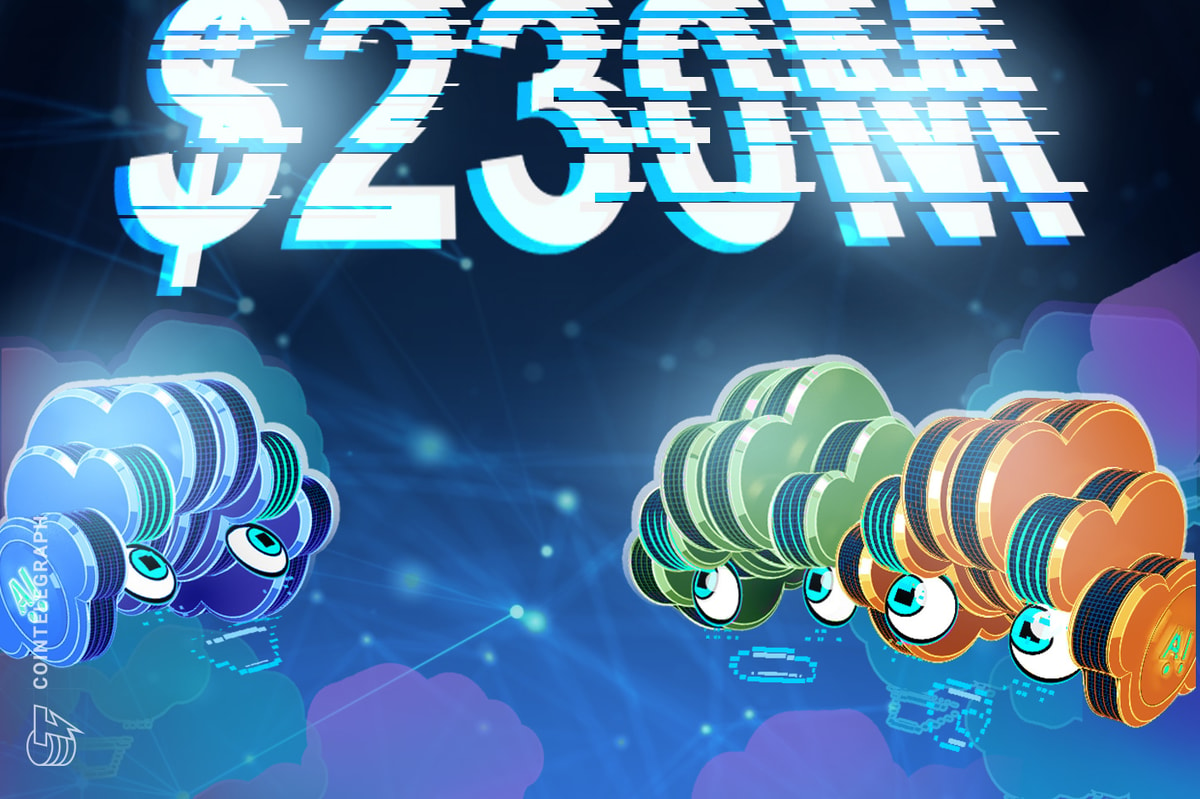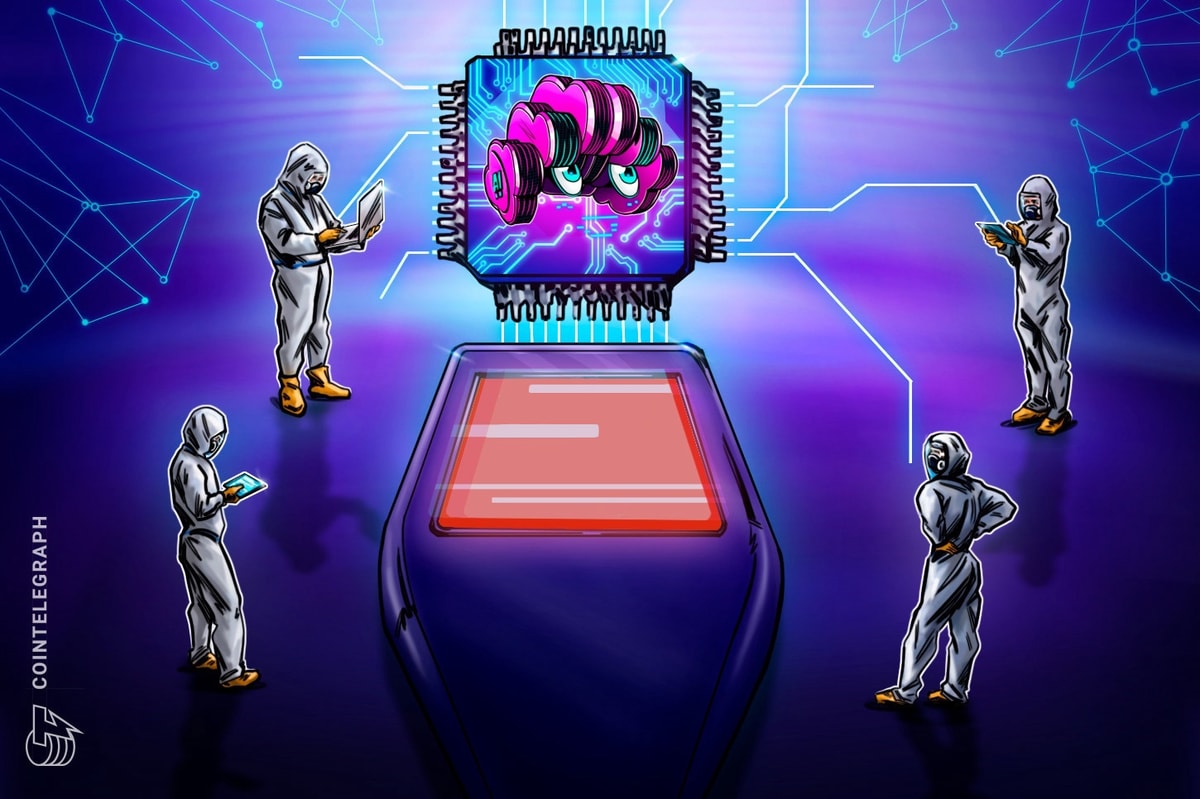Artificial intelligence startup World Labs announced its official launch on Sept. 13. The firm is reportedly valued at over $1 billion and has raised more than $230 million in funding to build “spatial intelligence” systems.
World Labs was co-founded by Fei-Fei-Li, the former Google Cloud AI boss. Due to her involvement in much of the foundational research behind modern generative artificial intelligence, Fei-Fei-Li is often referred to as the “Godmother of AI.” She’s also the current co-director of the Stanford Institute for Human-Centered Artificial Intelligence.
Spatial artificial intelligence
World Labs describes its primary product as “Large World Models” (LWMs). In a blog post announcing the company’s launch, it pointed out that current generative AI models can only interact with the world through text, audio, and video.
Related: OpenAI says latest o1 model on ‘new level,’ can ‘think before it answers’
Humans, on the other hand, experience the world as a three-dimensional space with physics that relates to the passage of time.
“To advance beyond the capabilities of today’s models,” the World Labs team wrote, “we need spatially intelligent AI that can model the world and reason about objects, places, and interactions in 3D space and time.”
World Labs aims to bridge the gap between AI models that interpret the world through a 2D lens and artificial agents capable of perceiving 3D worlds by “creating and editing virtual spaces complete with physics, semantics, and control.”
Per the blog post:
“We hope this will unlock new capabilities for creative users and professionals such as artists, designers, developers, and engineers. It will also allow anyone to imagine and create their own worlds, expanding the potential of generative AI from 2D images and videos to 3D worlds.”
Metaverse
The entire concept appears to be a reverse metaverse for AI. In the human world, enterprise metaverse technology is often used as a training tool to prepare employees for work in hazardous environments.
The advent of an AI model capable of exploring the real world or a metaverse equivalent could lead to more intelligent models in nearly every domain, with high impact possible in the areas of robotics and virtual worlds.
Ultimately, it appears as though the company is working toward the development of an AI model capable of generating entire 3D virtual worlds, such as video game environments, with the same power and efficacy that modern LLMs, such as ChatGPT, generate text.
Magazine: Proposed change could save Ethereum from L2 ‘roadmap to hell’











